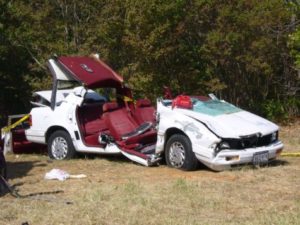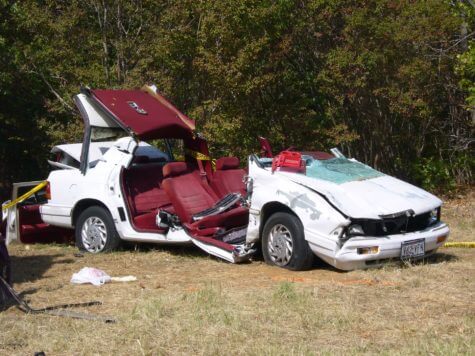NEW YORK — People who are crossfaded — both drunk and high at the same time — while driving are more than five times more likely to be in a crash, a new study finds.
Researchers at Columbia University looked at data on 14,742 fatal two-driver crashes from 1993 to 2014, seeking to measure the dangers of being under the influence of marijuana and alcohol, either separately or together, on one’s safety as a driver.

The sample, pulled from the Fatality Analysis Reporting System (FARS), exclusively focused on accidents in which there was a clear culprit for the crash, as opposed to accidents in which both parties held responsibility.
Crashes involving commercial trucks, or more or less than two vehicles, were also excluded.
The main finding?
“The risk of crash initiation from concurrent use of alcohol and marijuana among drivers increases by more than fivefold when compared with drivers who used neither of the substances,” reveals study co-author Dr. Guohua Li, a professor of epidemiology at Columbia’s Mailman School of Public Health, in a university press release.
While it’s not surprising that alcohol on its own increases one’s risk of crashing by 437 percent, it might surprise some to learn that weed consumption increases one’s collision risk by 62 percent.
Drivers who were at fault in collisions were nearly three times as likely as the other party to be intoxicated by alcohol, twice as likely to be under the influence of marijuana, and four times as likely to be inebriated by both.
The demographic that was most likely to be drunk and high behind the wheel were males, aged 25 to 44, who had had other crashes or driving infractions in the preceding three years.
The vast majority of crashes were due to weaving out of lanes (43 percent), failing to yield right of way (22 percent), and speeding (21 percent).
The researchers argue that despite the widespread legalization of marijuana, “countermeasures targeting… drugged driving are needed to improve traffic safety.”
The study’s findings were published in the journal Annals of Epidemiology.

Comments
Comments are closed.